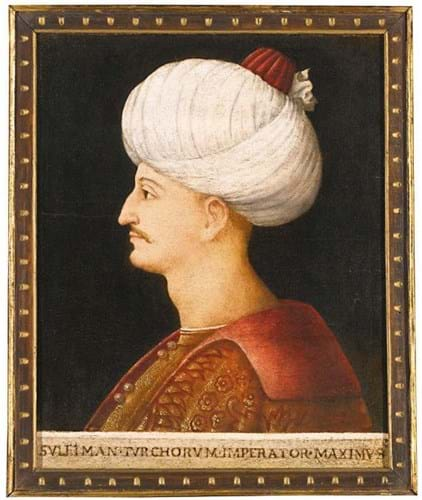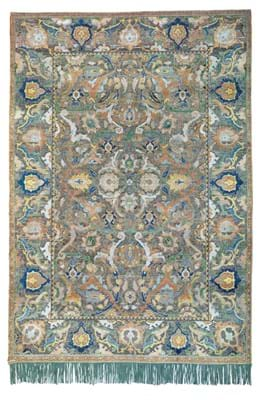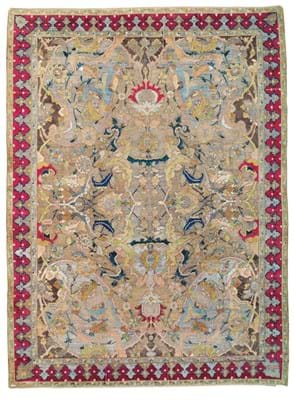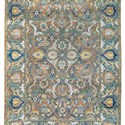
The Venetian oil on panel portrait of the fabled sultan Suleyman the Magnificent painted by a follower of Gentile Bellini c.1520 was the subject of a three-way, 10-minute bidding battle ending at £4.5m (estimate £350,000-500,000) plus premium.
It is a famous image. Unlike his great-grandfather, Mehmed II, who invited European artists to the Ottoman court, Suleyman does not seem to have commissioned any portraits. Details of his appearance were only conveyed through sketches created by artists accompanying foreign embassies to the Ottoman court. This picture – inscribed Turchorum Imperator Maximus – possibly served as the source for later portraits of Suleyman including a Dürer drawing and a print by the lithographer known by the monogram AA. Andrea Gritti (1455-1538), a Constantinople grain merchant and Venetian diplomat may have commissioned it.
It was formerly in the art collections of retail magnate Samuel Kress, the Italian politician Contini Bonacossi and Count Vittorio Cini at the Castello di Monselice.
Sotheby’s Islamic art series, held from April 30-May 1, was followed by a Christie’s event on May 2 dominated by two early 17th century ‘Polonaise’ silk and metal thread carpets woven in Isfahan during the reign of Shah ‘Abbas I (1587-1629) and the golden age of Safavid art.
Together for four centuries, both were in very good condition. Once owned by Augustus the Strong, by repute in 1695 he presented them to Lothar Franz von Schönborn (1655-1729), Prince-Bishop of Bamberg and Archbishop of Mainz.
Exhibited in 1892 as the property of the princely Counts of Schloss Weissenstein, Pommersfelden, they were consigned for sale from a Swiss collection (and therefore subject to 5% import VAT on the hammer price). They took £3.1m and £3.25m.


















